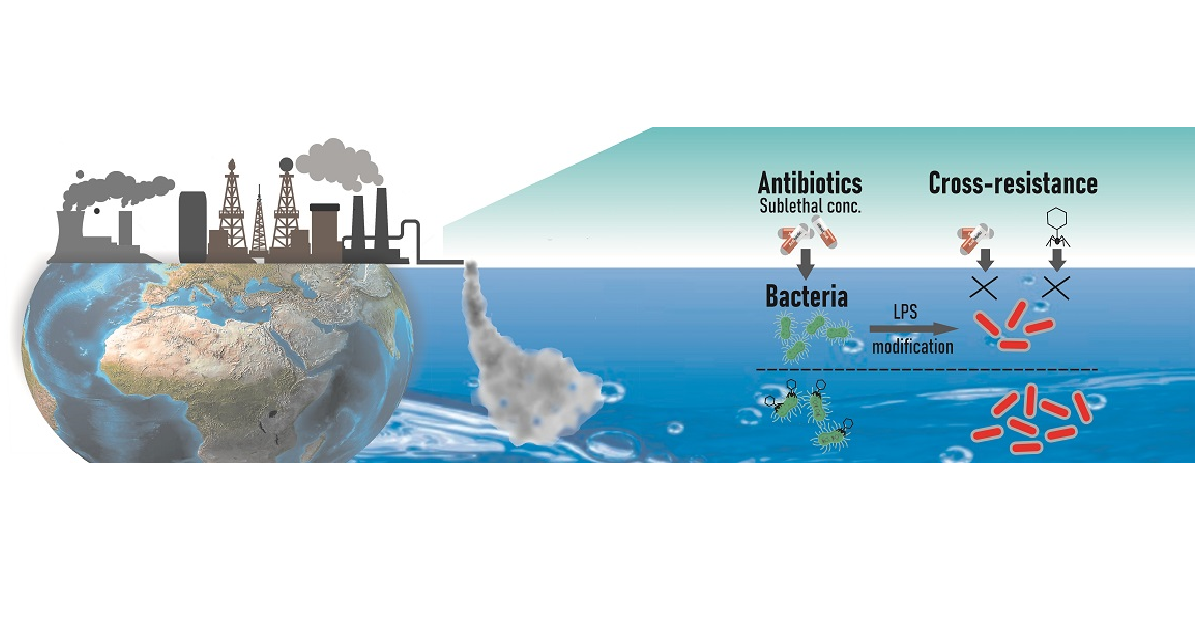Microbial Monitoring in Aquatic Environments
A special issue of Water (ISSN 2073-4441). This special issue belongs to the section "Water Quality and Contamination".
Deadline for manuscript submissions: 25 September 2024 | Viewed by 41

Special Issue Editors
Interests: bacteria; molecular markers; biological patterns; sustainability; environment
Special Issue Information
Dear Colleagues,
Population growth has pushed the development of industrial activities at the expense of the environment, consuming natural resources and producing more and more chemical compounds for a wide range of industrial applications. Together, these place a global anthropic pressure on environmental resilience and sustainability. Unfortunately, aquatic environments are very sensitive to anthropic pressures, not only due to their complex paths of exploitation as strategical resources for drinking water and food, but also the fast dissemination of pollution over large areas.
The rapid improvement in reducing pollution presence and spread in a sustainable and efficient management plan has become a priority for the identification and monitoring of all pollution issues. Biomonitoring tools could give an accurate glimpse into the impact of pollution on aquatic systems, but most of the biological models used for biomonitoring are very complex for studying aquatic plants and fish and their responses based on long-term tests, i.e., more than 90 days.
REACH recommends the use of much simpler biological models to monitor the negative impacts of anthropic activities on the aquatic environment, highlighting the potential use of bacteria as bioindicators.
The advantages of bacteria reside in their structural simplicity, fast growth, presence in all environmental matrices, and their adaptation mechanisms to the toxic effects of a wide range of chemical compounds. In addition, they could be used as fast and specific indicators for human fecal pollution or harmful chemical contamination (accidental or not) of the aquatic environment.
Therefore, this Special Issue may form a fundamental part of water-monitoring research with the application of novel bioindicators.
Dr. Mihai Nita-Lazar
Dr. Alina Roxana Banciu
Guest Editors
Manuscript Submission Information
Manuscripts should be submitted online at www.mdpi.com by registering and logging in to this website. Once you are registered, click here to go to the submission form. Manuscripts can be submitted until the deadline. All submissions that pass pre-check are peer-reviewed. Accepted papers will be published continuously in the journal (as soon as accepted) and will be listed together on the special issue website. Research articles, review articles as well as short communications are invited. For planned papers, a title and short abstract (about 100 words) can be sent to the Editorial Office for announcement on this website.
Submitted manuscripts should not have been published previously, nor be under consideration for publication elsewhere (except conference proceedings papers). All manuscripts are thoroughly refereed through a single-blind peer-review process. A guide for authors and other relevant information for submission of manuscripts is available on the Instructions for Authors page. Water is an international peer-reviewed open access semimonthly journal published by MDPI.
Please visit the Instructions for Authors page before submitting a manuscript. The Article Processing Charge (APC) for publication in this open access journal is 2600 CHF (Swiss Francs). Submitted papers should be well formatted and use good English. Authors may use MDPI's English editing service prior to publication or during author revisions.
Keywords
- bioindicators
- pollution
- water
- environment
- monitoring






